Luxury Replica Watches
The Evolution History Of Luminous Clocks, Imitation Luxury Watches
In the era of pocket watches, if you wanted to read clearly in the dark, you had to rely on zinc sulfide, which glows slowly when excited by the sun or light; however, its effect was not noticeable, and the luminous light would soon disappear. Therefore, after Marie Curie discovered radium in 1898, it became possible for the watch to be read in the dark. However, radium contains a large amount of radiation. In modern times, Super-Luminova, jointly developed by Japan and Switzerland, is used as the primary luminous material. Of course, there are hundreds of luminous watches. Based on the bright style and design of the watch or the topic itself, I have selected several unique brilliant eyes to show their charm in the dark. Imitation luxury watches.
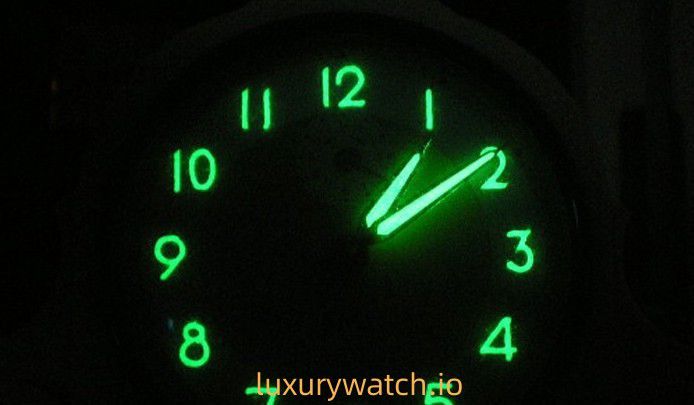
A radium-coated clock from the 1950s produces luminous light when excited by ultraviolet light. Photo credits: Wikipedia.
Radium
Radium contains many radiation components and releases alpha and gamma rays with a half-life of up to 1,600 years. During its natural decay process, radon gas is produced, which has extreme radiation. The earliest application of radium in clocks and fake watches dates back to World War I (1917). At that time, the American Radium Luminous Material Corporation hired female workers to apply radium compounds to the dial at its factory in New Jersey. The hour markers and hands on the watch produce luminous light.
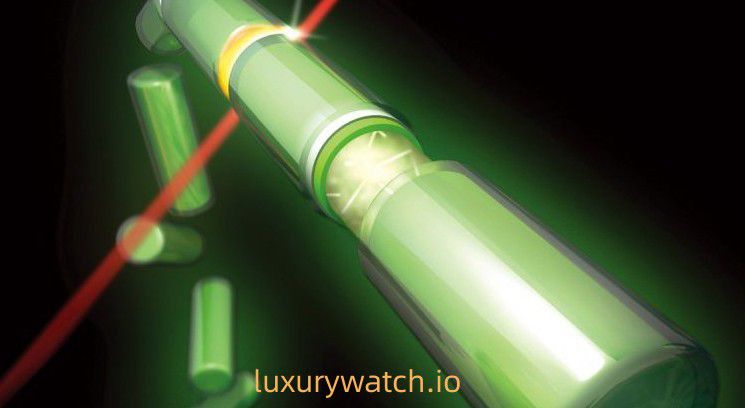
Tritium trachea. Photo credits: Wikipedia.
Tritium
Tritium is a radioactive element that emits light after decay with beta rays. Its half-life is 12.43 years. Tritium will release a trace amount of electron flow, stimulating the luminous paint to glow. Adding different contents of phosphide can boost brilliant colors of different colors. Tritium is quite rare in nature.
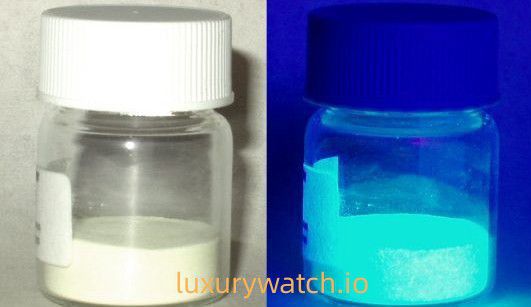
Strontium aluminate salt (SrAl2O4) powder. Photo credits: Wikipedia.
Super-Luminova
Luminova luminous materials were first produced by the Swiss company RC Tritec, and the Japanese company Nemoto & Co. was the first to apply for an independent patent. The two companies formed a joint venture 1998, LumiNova AG Switzerland, officially named this luminous material Super-Luminova. Its main component is strontium aluminate salt (SrAl2O4), which has photoluminescent properties and can stimulate night light through light, among which ultraviolet light has the best effect. It is non-radiative and environmentally friendly and meets the needs of the times.
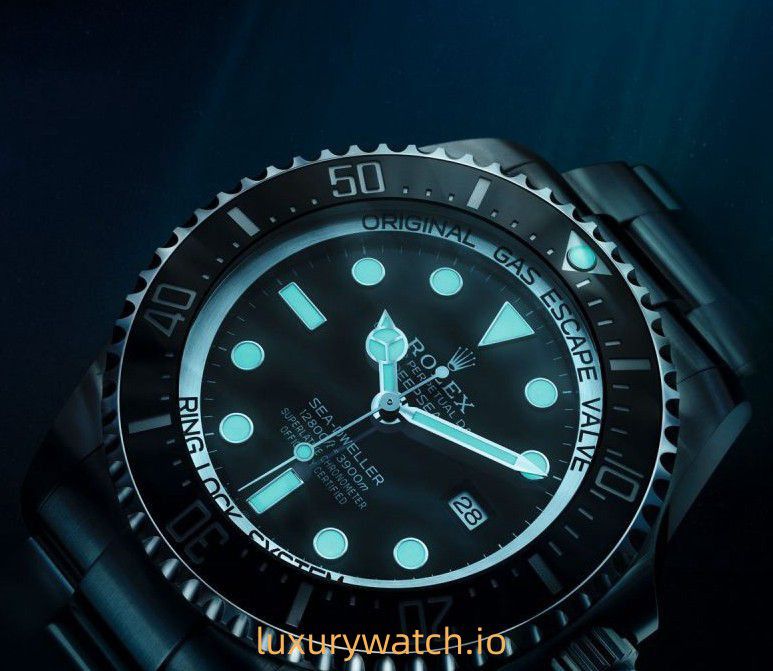
Chromalight luminous material first appeared in the Rolex Deepsea series.
Chromalight
It comprises a powder of metal oxides such as aluminum, strontium, dysprosium, and europium. It is artificially combined with resin and evenly coated on the hour markers, hands, and the inverted triangle mark at noon. Chromalight turns into crystals after high temperature and emits blue luminous light, about twice as bright as ordinary brilliant light. Currently, many Rolex sports watches use Chromalight luminous paint.
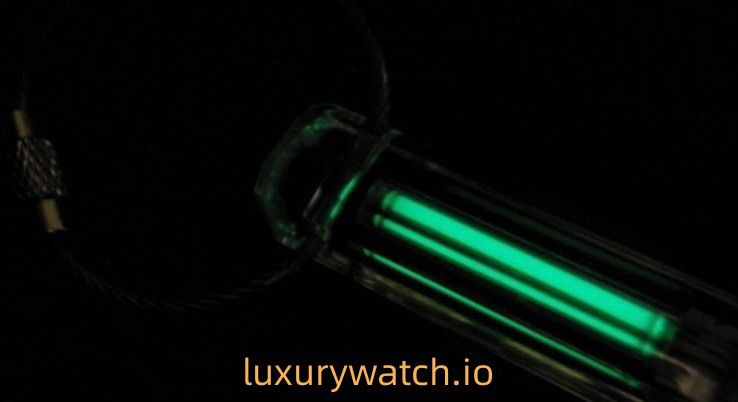
Self-luminous micro gas lamp (3H) exclusively developed by BALL Watch.
Miniature gas lamp
The self-luminous micro gas lamp (3H) exclusively developed by BALL Watch places tritium gas in a stable state in a hollow mineralized glass tube with a luminescent material sprayed on the inner wall and generates night light after being excited by electrons. Micro gas lamps are small and light, so they are suitable as luminous lights for watch details such as hour markers and hands. Its brightness is 100 times that of ordinary night light, and its lifespan is about 25 years.
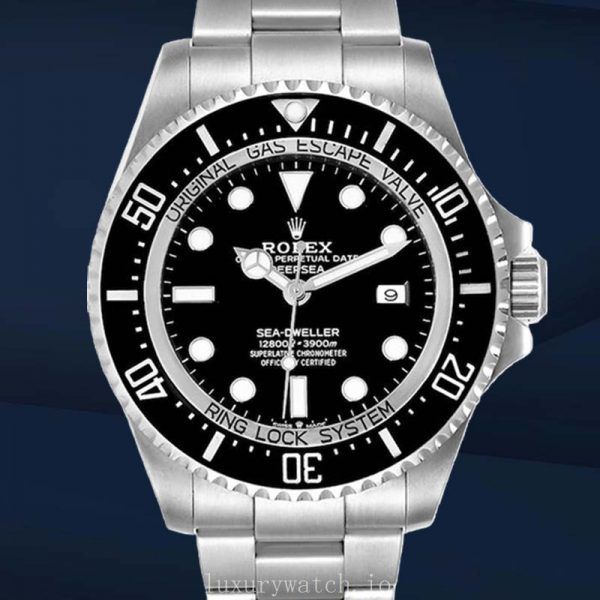
Model: m126660-0001
Case Thickness: 18mm
Series: Sea-Dweller Deepsea
Case Size: 44mm
Brand: Rolex
Gender: Men’s
Dial Color: Black Dial
Band Width: 22mm

